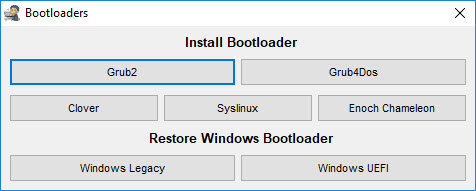
VMware and Boot Camp have a good way of working with each other, so it’s no problem booting back into your Mac and running Windows as a Virtual Machine. The glorious part of installing the full set of drivers for me, is having so many Mac products (Magic TrackPad, Magic Mouse, etc), are now functional in Windows 8. Of course, like I mentioned, someone could figure out which driver gives access to R/W support, that would be awesome and a lot more helpful (I guess that makes it free too?).Install a recent update for Boot Camp Drivers, I’ve tried a handful of the latest (especially 64x versions), and had success without any disturbances in my driver configuration… none of my drivers were “replaced” by the virtual drivers and more support (USB Hub support) came after a full install.Many have probably been aware that Paragon’s latest release is a little choppy when writing files and quite slow (that’s if you even got it functioning), MacDrive latest release – the close competitor has better performance and overall more compatible with various hard-drive manufacturers IMHO. Unfortunately it’s also not functioning on Windows 8 DP so if you’ve been struggling to have a fully sharable dual boot I suggest you do the following (especially if you have a real Mac): VMware 4.0.2 (with “Boot Camp” Control).All Software Updates to date on both OS’s.Multibeast + Customized Drivers to suite my odd combination of hardware (To be honest, I didn’t find an exact model for my mobo but managed to dispute any conflicts via the BIOS).Dual Boot Windows 8 DP w/Tools + Mac OSX Lion 10.7.1.iBoot EFI Bootloader on a GUID GPT Partition Table.IndexĪhh, it feels strange that I’m the first to notice this… I’m sure someone could narrow down the exact driver for HFJ+ full R/W access but firstly I must explain my “Mac”/Windows setup: IntelHD3000 and all others alike (including Optimus) will have a much easier transition than those of us who have an unsupported/dedicated GPU – I would only suggest installation for developer purposes only or to show off to your friends but don’t expect this to run anything like 10.7.x.

It’s likely you’ll want to try this on at least a core 2 duo. Note to OSx86 Users – Mountain Lion is a Developer Preview so as you can imagine, there isn’t much support. They’re several ways to currently create a bootable USB to install Mac OS X 10.8 Mountain Lion and in this tutorial I will explain a 90% compatible (and extremely easy) way of creating that USB Installation to boot from a Macintosh (regardless of the unorthodox method) as it is a peremptory step in creating a bootable installation for OSx86 (Hackintosh) Users as well.

If you’ve been scrambling for the past few weeks on how to get ML booting on your Hackintosh or Macintosh CPU, Here’s a quick guide that should help get you on the right track especially if your new to the whole scene.


 0 kommentar(er)
0 kommentar(er)
